Study: Manufacturing in U.S. Could Need Up to 3.8 Million Workers
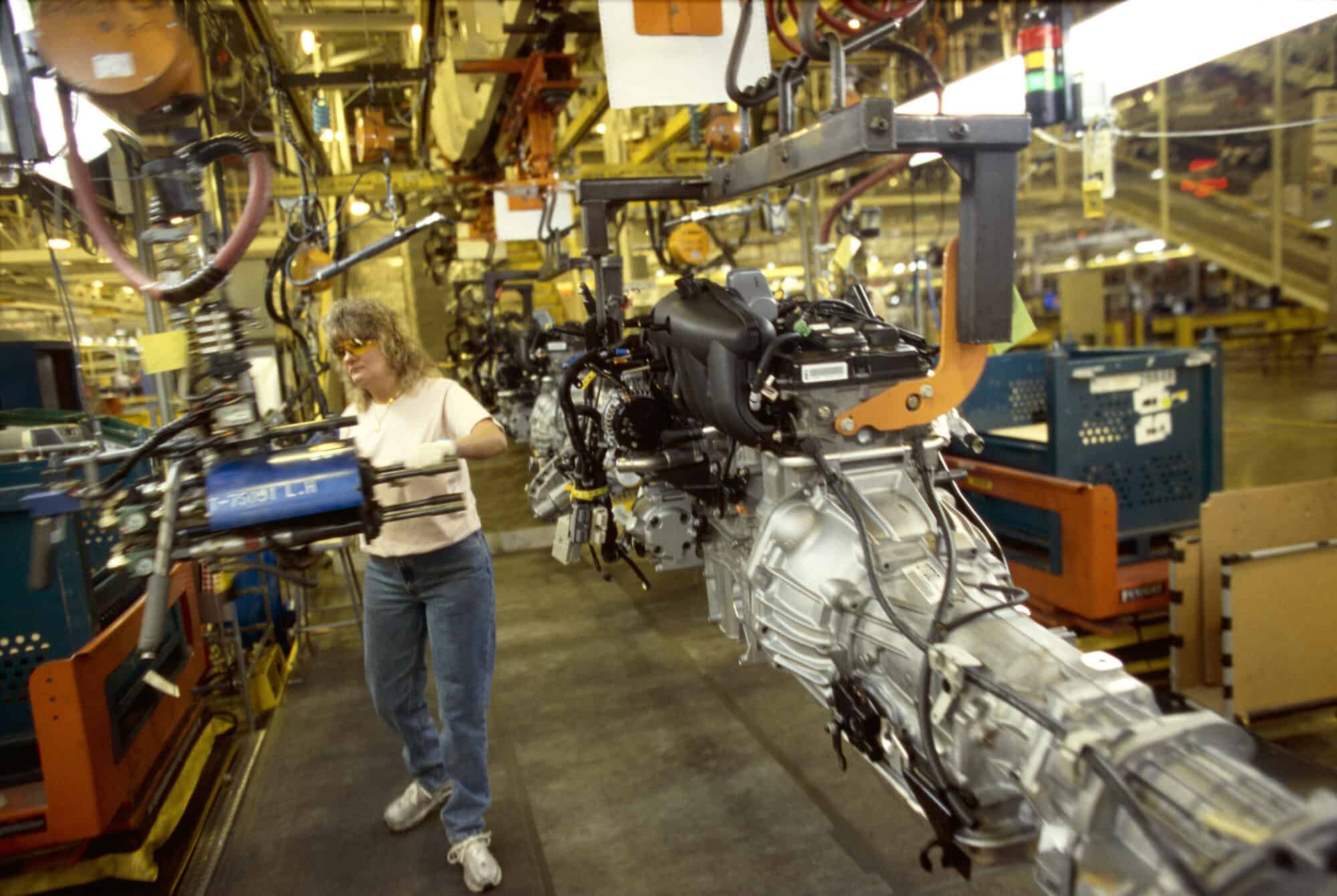
The U.S. manufacturing industry could require some 3.8 million jobs to be filled within the next decade, according to a new joint study from the Manufacturing Institute, the NAM’s 501c3 workforce development and education affiliate, and Deloitte.
What’s going on: “Taking charge: Manufacturers support growth with active workforce strategies” found that manufacturing in the U.S. has emerged from the global pandemic on strong footing and is likely to continue to grow in the next few years.
- That growth will call for even more skilled workers—particularly statisticians, data scientists, logisticians, engineers, computer and information systems managers, software developers and industrial maintenance technicians—spotlighting the need to build the national talent pipeline.
- “Pandemic-driven shifts have already created hundreds of thousands of new jobs, and now we are seeing increased demand for digital skills that need to be met or risk further widening of the talent gap,” said Manufacturing Institute President and Executive Director Carolyn Lee.
Key findings: Top takeaways from the report include:
- If workforce challenges are not addressed, more than 1.9 million of the up to 3.8 million jobs likely to be needed between this year and 2033 could go unfilled.
- Some 65% of manufacturers polled said attracting and retaining talent is their primary business challenge.
- About 90% said they are forming at least one partnership to better attract and retain employees, and on average they have at least four such partnerships.
- Approximately 47% indicated that apprenticeships, work study programs or internships at manufacturing companies would be the most effective way of increasing interest in the industry.
- Some 47% also said flexible work arrangements—such as flex shifts, shift swapping and split shifts—have been their top retention tool.
The bottom line: Manufacturers continue to face a talent shortage—and the MI has the initiatives and resources ready today to help manufacturers address these challenges.
- From the recent flexibility white paper—which explains how manufacturers can build and deploy flexibility options for the 49% of workers that are on the production teams—to the high school internship toolkit that allows manufacturers to start a recruiting pipeline in high schools, to the FAME USA apprenticeship program training global best multi-skilled maintenance technicians and more, the MI has solutions to the hurdles highlighted in this study. Learn more at themanufacturinginstitute.org.
Final Heavy-Duty Tailpipe Rule Presents Challenges
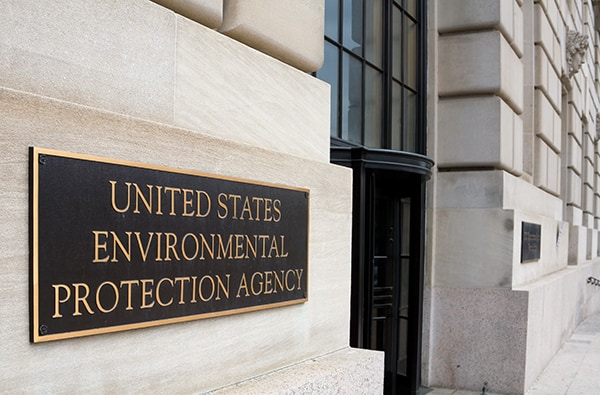
The Environmental Protection Agency’s new heavy-duty tailpipe emissions rule is unrealistic and unfeasible, the NAM said Friday.
What’s going on: “The rule—proposed in April 2023—is part of the ‘Clean Trucks Plan’ unveiled in 2023, which includes light-duty tailpipe and nitrogen oxide rules,” Bloomberg Law (subscription) reports.
- “The[se] ‘Phase 3’ standards build on previous phases of a broader regulatory program to stem greenhouse gas emissions from vehicles such as delivery trucks, long-haulers, and buses.”
- The Phase 1 rule was finalized in 2011, and the Phase 2 rule in 2016.
Why it’s problematic: While the new regulation grants automakers more time for implementation than previous versions did—thanks to input from manufacturers and their advocates, including the NAM—it still “fails to reconcile with the realities of current U.S. infrastructure,” according to an NAM social post.
- “Critical permitting reforms to strengthen transmission systems and a technology-neutral approach for manufacturers are essential to reaching U.S. climate goals,” the NAM wrote.
What should be done: Congress must reform the broken U.S. permitting system so we can build the electric vehicle charging station infrastructure required to implement a rule of this magnitude, the NAM said earlier this month.
NAM: OSHA “Walkaround” Rule an Example of Regulatory Onslaught
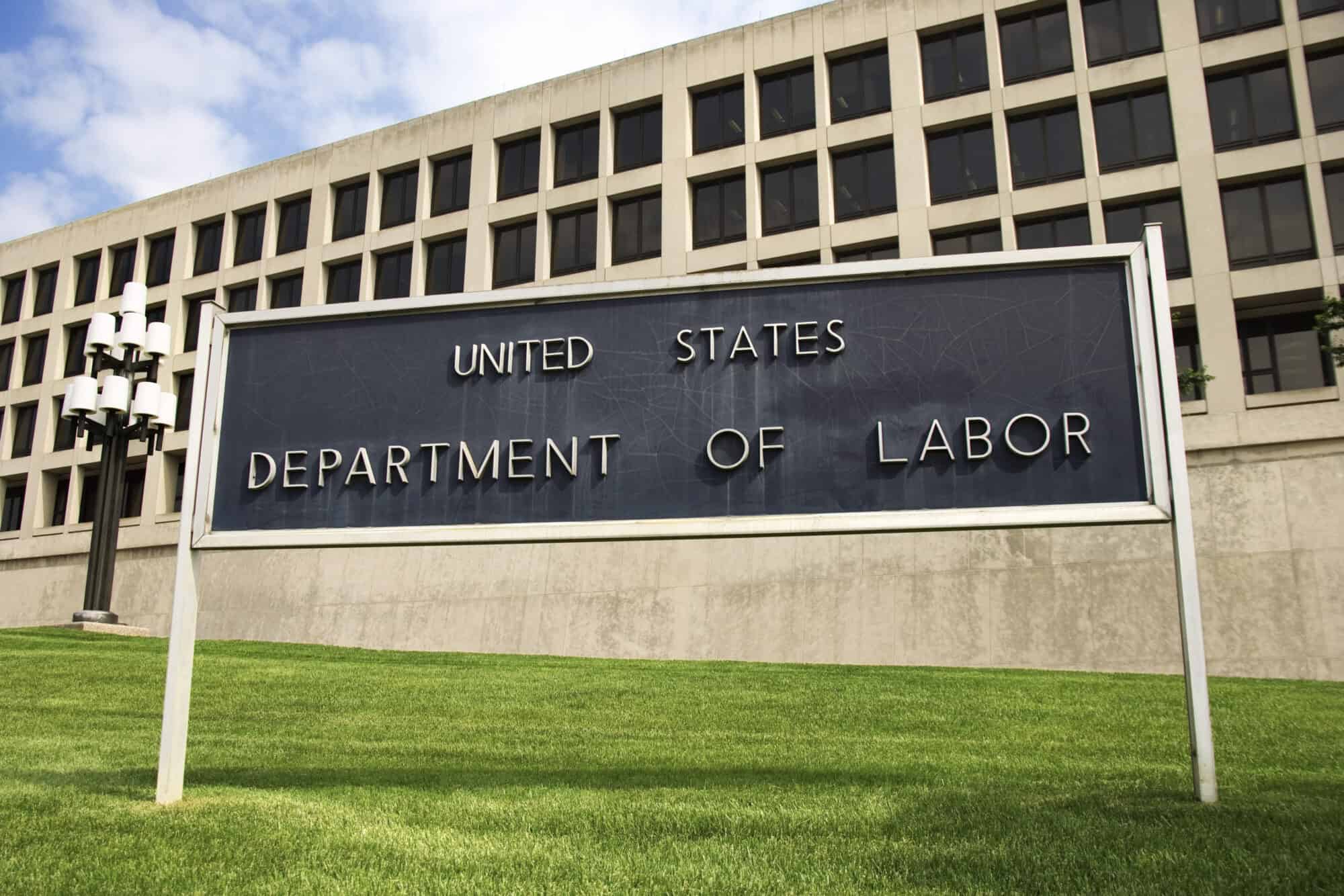
The U.S. Occupational Safety and Health Administration’s newly finalized “walkaround rule” is unlawful and will not further the agency’s mission of ensuring safe working conditions, the NAM said after the rule’s release.
What’s going on: The long-awaited final rule, which goes into effect May 31, states that “workers may authorize another employee to serve as their representative or select a non-employee,” according to the Department of Labor.
- The policy broadens the basis upon which a non-employee representative may be deemed “reasonably necessary to the conduct of an effective and thorough inspection.”
Why it’s problematic: In addition to having little to do with making workplaces safer, the new policy violates OSHA’s own mandate—and, quite possibly, manufacturers’ constitutional rights, the NAM said.
- The “rule does nothing to advance OSHA’s mission of ensuring safe working conditions,” said NAM Chief Legal Officer Linda Kelly. “Forcing businesses to accommodate third parties with no safety expertise in their facilities infringes on employers’ property rights, invites new liabilities and introduces elements of chaos and disruption to safety inspections. … [It also] clearly violates OSHA’s statutory mandate to conduct inspections within ‘reasonable limits and in a reasonable manner’ with ‘minimum burden’ on employers, and potentially violates manufacturers’ constitutional rights.”
Next steps: The NAM is weighing legal action to reverse the final rule.
Skilled Trades See Interest Uptick
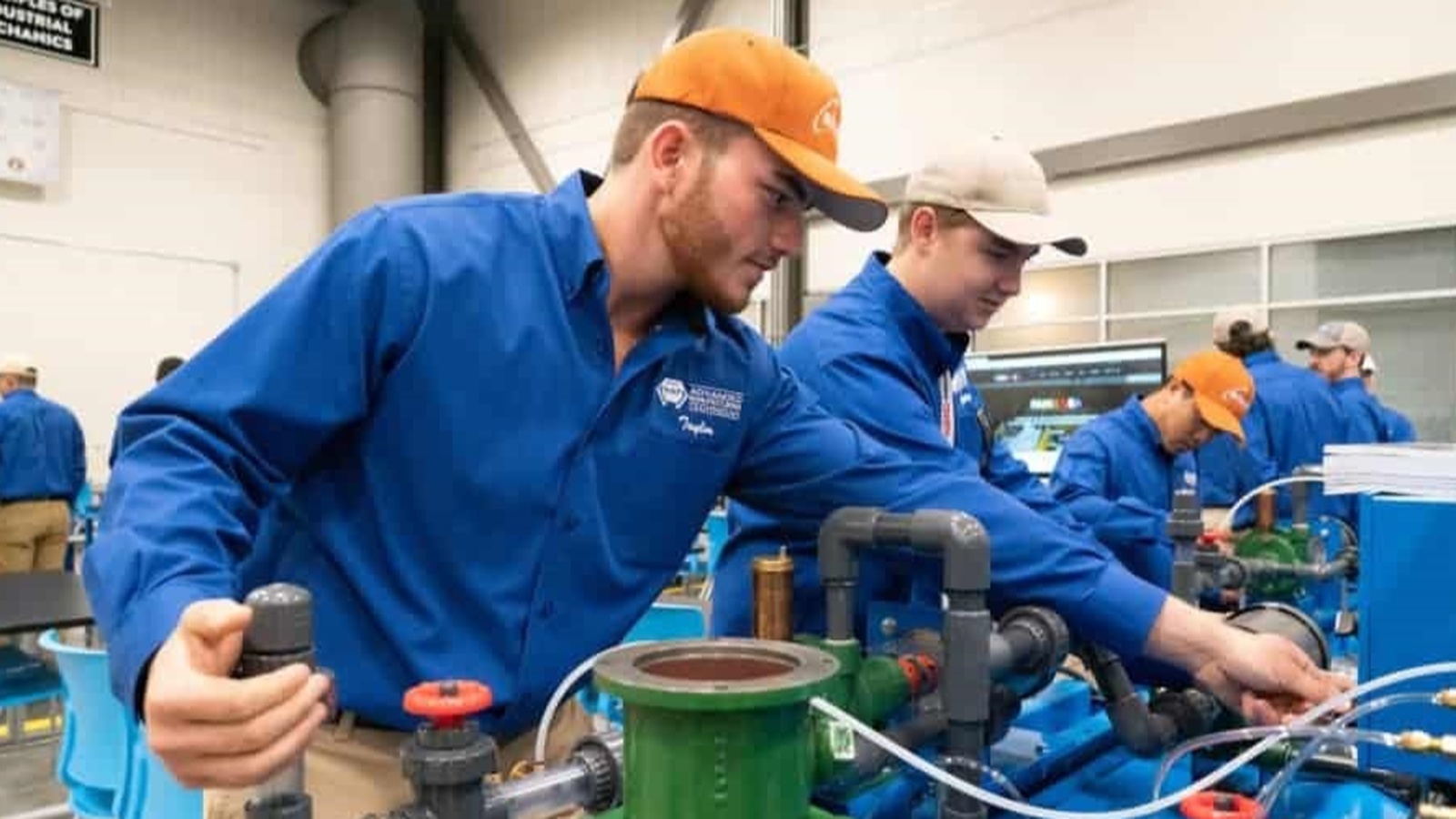
More young people are choosing skilled trade jobs after high school, The Wall Street Journal (subscription) reports.
What’s going on: “Enrollment in vocational training programs is surging as overall enrollment in community colleges and four-year institutions has fallen. The number of students enrolled in vocational-focused community colleges rose 16% last year to its highest level since the National Student Clearinghouse began tracking such data in 2018. The ranks of students studying construction trades rose 23% during that time, while those in programs covering HVAC and vehicle maintenance and repair increased 7%.”
Why it’s important: The trades, including manufacturing, have experienced a worker shortage in recent years as the older generation of employees retires.
- Finding and retaining quality talent is consistently a top business challenge among manufacturers, according to the NAM’s Manufacturers’ Outlook Survey, a quarterly polling of the industry.
- But now, trade-apprenticeship demand is surging, perhaps a signal that positions will start to fill.
Perception change: For many years the vocational education wing of one high school in Sheboygan, Wisconsin, was called “greaser hall,” but lately that’s started to change, a counselor there told the Journal.
- “[B]usinesses have raised funds and donated new equipment, including robotic arms … [and] those classrooms now sit at the building’s main entrance. ‘There’s still a presumption that four-year college is the gold standard, but it doesn’t take as much work to get people to buy into the viability of other options,’ [he said].”
The last word: Indeed, the Manufacturing Institute, the NAM’s 501(c)3 nonprofit workforce development and education affiliate, is seeing significant growth in its FAME initiative, an earn-while-you-learn training program with more than 40 chapters in 16 states—and more forming all the time. FAME, which was founded by Toyota and is now led by the MI, is truly the American model of skills training, according to MI President and Executive Director Carolyn Lee.
- “FAME is training thousands of global best technicians nationwide and the number of program participants is on the rise,” she said. “This is good news for manufacturing, which sorely needs talent to continue to make the many, many things people use every day.”
Medicare Plans to Start Covering Weight-Loss Drugs
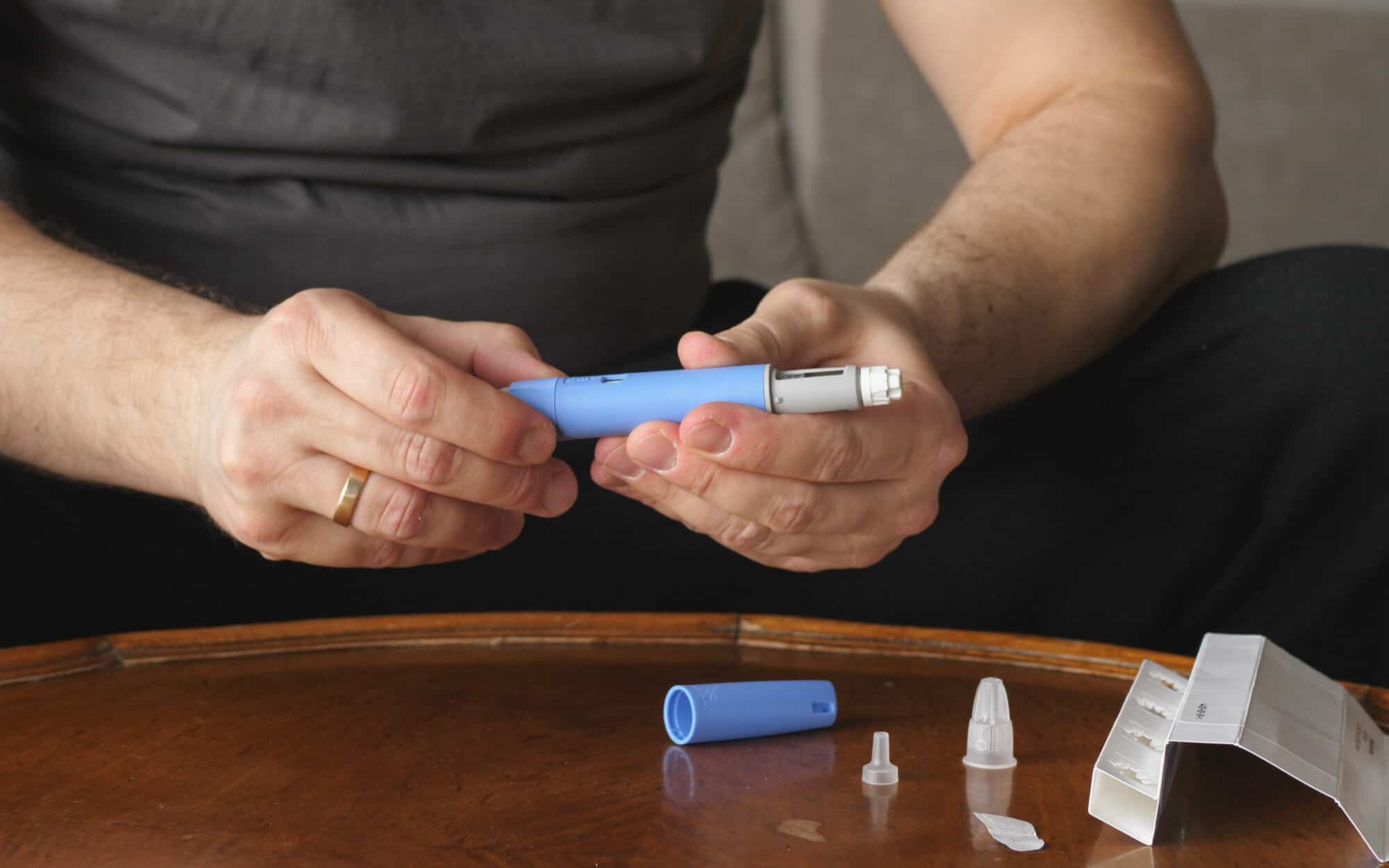
Three of the country’s largest health insurers will soon begin paying for a top weight-loss drug for certain people on Medicare with heart-related conditions, The Wall Street Journal (subscription) reports.
What’s going on: “CVS Health, Elevance Health and Kaiser Permanente said they would cover Novo Nordisk’s Wegovy for the use of reducing the risk of heart attacks and strokes in people who have cardiovascular disease, meet body-weight criteria and are covered by a Medicare drug-benefit plan.”
- The class of weight loss drugs to which Wegovy belongs was previously excluded from Medicare coverage by a U.S. law.
Why it’s important: “The decisions will ease the financial burden” of those who have been paying out of pocket for Wegovy and are likely to spur use of the drug among those who couldn’t afford or did not want to pay the full price.
- Approximately two-thirds of U.S. adults are overweight or obese, according to the recent NAM report, “Manufacturers on the Front Lines of Communities: A Deep Commitment to Health Care.”
- Excess body weight and obesity are associated with higher health-care costs for both employers and their workers. They also “raise the likelihood of other illnesses” and affect “productivity and the ability to complete job functions,” according to the study, which points to weight-loss drugs as part of the solution.
Why it happened: New guidance released last week by the Centers for Medicare and Medicaid Services holds that Medicare Part D plans, administered by private insurance companies, could “cover anti-obesity medications if the drugs receive approval for an additional use that is considered medically accepted.”
- This applies to Wegovy, which the Food and Drug Administration recently approved for reducing the risk of heart attacks and strokes among those with histories of heart disease and body mass indices above a certain threshold.
However … The use of Wegovy “for weight loss alone” will remain excluded from coverage under the CMS guidance.
New NAM Ad: Senate Must Pass Tax Bill Now

Earlier this year, the House passed legislation including key NAM tax priorities. Now it’s time for the Senate to do the same.
That’s the message of a new NAM digital ad campaign launched today and set to run over the next several weeks.
What’s going on: The 30-second TV ad—which will stream in Washington, D.C., and in the key states of Idaho, Kentucky, Louisiana, Oklahoma, New York and New Hampshire—asks viewers to urge the Senate to pass the Tax Relief for American Families and Workers Act, which cleared the House by a bipartisan vote in January.
- The legislation restores three key pro-growth tax provisions from the 2017 Tax Cuts and Jobs Act that expired in 2022: immediate expensing for domestic R&D, enhanced interest deductibility and full expensing.
The background: Earlier this month, Courtney Silver, president and owner of Ketchie and chair of the NAM Small and Medium Manufacturers Group, told the Senate Finance Committee about the impact the three provisions’ expiration has had on her family-owned precision machining company.
- “In the years following the TCJA, I was able to make a higher level of investment because I knew our tax code was going to have a baseline of certainty,” she said. “Today, however, I am unable to make these investments because of the uncertainty that Congress will address the expired TCJA provisions. . . . Because I am unable to realize the full deduction of my investment within the year I purchase it, the investment seems too risky and irresponsible.”
What’s needed: Senate Majority Leader Chuck Schumer (D-NY) has taken an early procedural step to put the House-passed legislation on the Senate’s calendar. But more needs to happen, and soon, the NAM’s ad tells viewers.
- “Vital tax provisions are expiring, harming our ability to compete globally and invest in new factories and equipment,” the ad says. “The House has done its job and restored these provisions with overwhelming support. The Senate needs to act now.”
Innovation First: How Oshkosh Corp.’s 107 Years of Experience Deliver Innovative Solutions
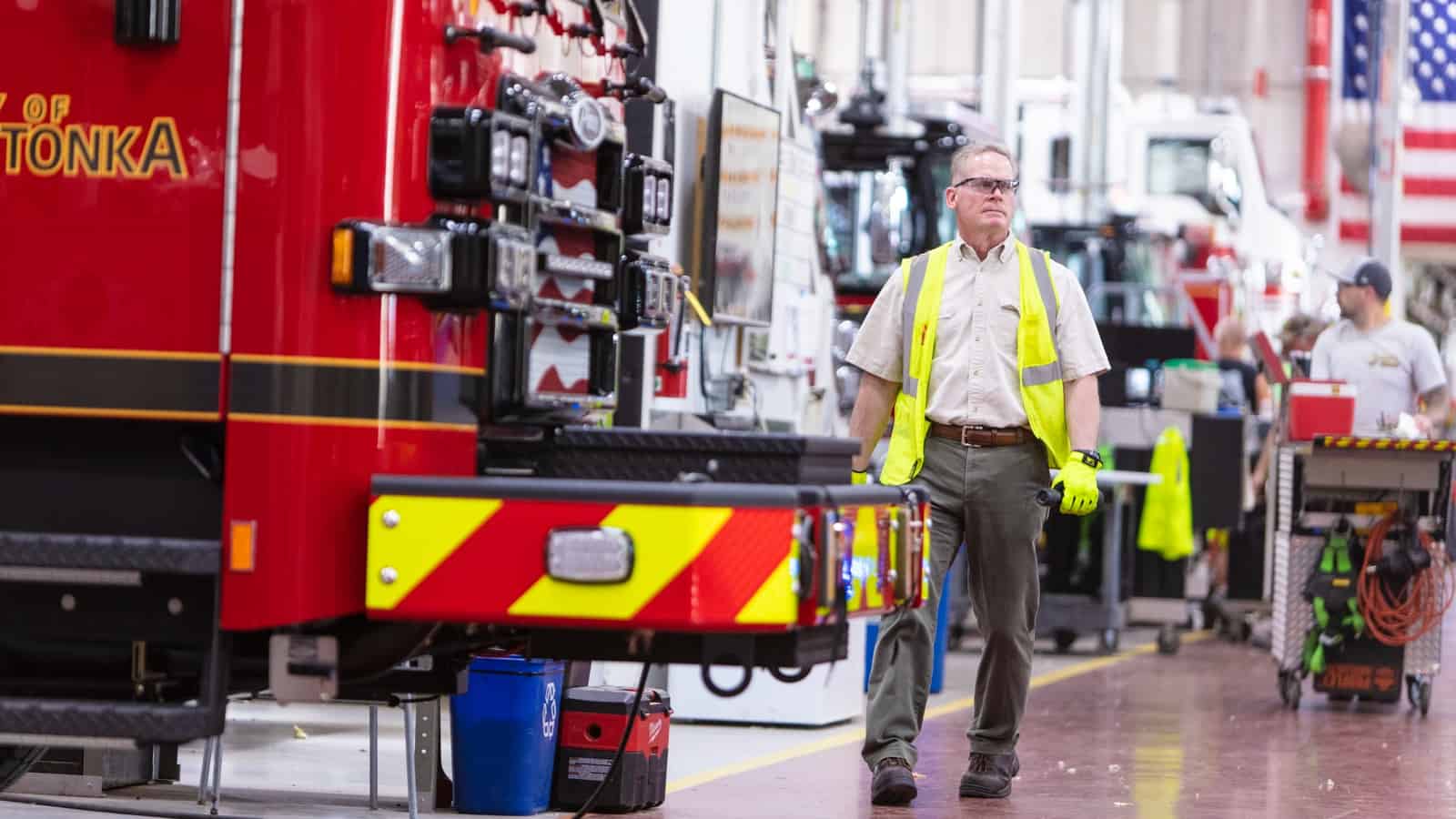
Oshkosh Corp. manufactures a wide array of purpose-built vehicles and equipment, but at its heart, it’s an industrial technology company focused on engineering, President and CEO John Pfeifer told the NAM recently.
“If you look at us up close, we’re really an engineering company,” Pfeifer said. “If you look at a fire truck up close, you’d be amazed at the amount of design engineering [that goes into] to this machine.”
A fire truck boom: Fire trucks are indeed a big part of business at the 107-year-old company, headquartered in its namesake Oshkosh, Wisconsin. In fact, there’s such a demand for the vehicles—which Oshkosh offers in more than 300 different shades of red—from municipalities throughout the U.S., the firm has a two-and-a-half-year backlog.
- The major reason: rising home values. Counties and towns get their revenue from property tax receipts. When those are strong, as they have been in recent years, the governments can afford to upgrade their fleets—which they’re now doing in earnest, Pfeifer said.
Innovation = safety + productivity: They’re going to Oshkosh for the very reason Pfeifer considers the company first and foremost an engineering outfit. In addition to fire and other municipal and vocational trucks, the company manufactures defense, construction and aviation ground support equipment.
- “We’re able to accelerate innovation because of our technical capabilities as a company,” he explained. “We’re able to electrify things that are not supposed to be electrical—like a 40,000-pound municipal fire truck.”
- Worldwide, Oshkosh employs a team of between 1,600 and 1,700 engineers just for design work, according to Pfeifer.
- In any product it makes, Oshkosh’s primary concern is improving the safety and productivity of “the everyday heroes who do the hardest work. Military, firefighters, mail carriers—those are the people who use our products, and that’s why innovation matters. Our products allow them to be more productive and a lot safer.”
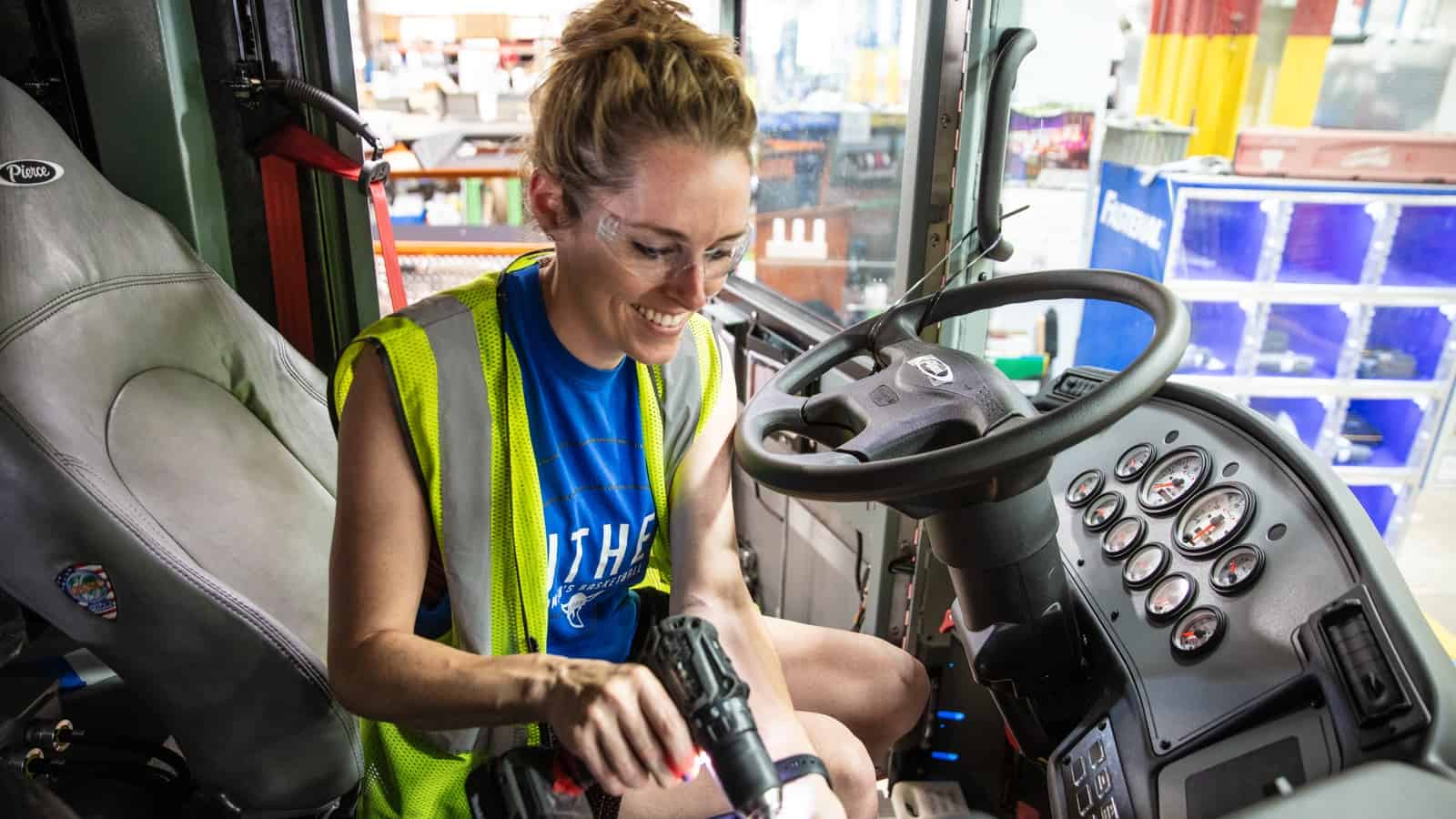
Legislation-supported growth: But it’s not just those vehicles that are seeing exploding demand from customers.
- Historic federal investments, such as those in the CHIPS and Science Act and the Bipartisan Infrastructure Law and the Inflation Reduction Act, “have spawned huge infrastructure projects,” Pfeifer added. “So it doesn’t matter what you’re producing; you can’t produce it without our equipment.”
- Last year, contractors in North America kicked off approximately $350 billion worth of projects, with electric vehicle and semiconductor facilities and data centers all acting as drivers of that growth.
Speaking of EVs: Oshkosh has a lot to boast about in the EV space.
- It was recently chosen by the U.S. Postal Service to design the agency’s Next Generation Delivery Vehicle, a mail van “customized specifically for the needs of mail carriers,” according to the Oshkosh website. The vehicle’s propulsion platform can accommodate both traditional internal-combustion and battery-electric engines.
- And in addition to having developed a lithium-ion battery-powered refuse and recycling vehicle, Oshkosh also manufactured the first electric fire truck in service in North America. It’s the Pierce® Volterra™ Pumper, and the Madison Fire Department’s fleet in Madison, Wisconsin, has a purchase order agreement for it following a highly successful 18-month placement of one of the Pumpers.
Coming up: What’s next for Oshkosh? With its healthy balance sheet, the company is investing for the long haul, Pfeifer told the NAM.
- “We’re hiring a lot and opening new facilities,” Pfeifer continued, adding that Oshkosh subsidiary JLG Industries Inc.—which makes the popular SkyTrak® telehandler hydraulic lift machine—is expanding its 500,000-square-foot manufacturing facility in Jefferson City, Tennessee, and Oshkosh recently opened new plants in Spartanburg, South Carolina, and Murfreesboro, Tennessee.
The last word: The firm is also focusing on strategic acquisition work, Pfeifer said.
- Last year, it purchased AeroTech, a company that makes cargo loaders and other airport ground support equipment.
- “We’re very patient, but when we see the opportunity to acquire a business and enter a new product category or adjacent market where we can make a difference, we do it.”
DOE to Award Record-Setting Decarbonization Funds
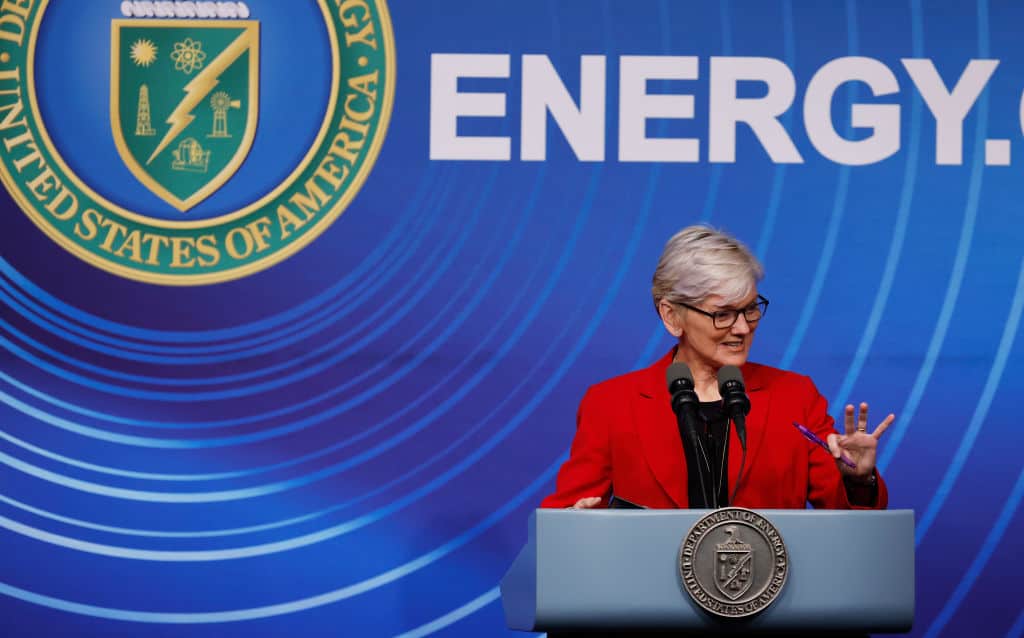
The Department of Energy on Monday announced record-setting funding aimed at decarbonizing energy-intensive sectors, POLITICO Pro (subscription) reports.
What’s going on: The nearly $6 billion in “funding from the Democrats’ climate law and the bipartisan infrastructure law for industrial decarbonization will be spread across 33 projects and 20 states,” where it “will apply to some of the highest-emitting industrial manufacturing sectors—often described as ‘hard-to-decarbonize’ industries—including iron and steel, aluminum, cement, concrete, chemicals, food and beverages, and pulp and paper.”
Where it’s coming from: The money will be drawn from funds set aside under the Inflation Reduction Act ($5.47 billion) and the Bipartisan Infrastructure Law ($489 million).
Why it’s important: The many projects to be funded—which include groundbreaking recycling initiatives, hydrogen-use projects, decarbonization of thermal processes and more—will remove approximately 14 million metric tons of emissions every year, the DOE estimates.
- Five of the highest-dollar-value projects, at half a billion dollars each, “are focused on decarbonizing cement, concrete, aluminum, iron and steel.”
- The work will take place in five states—Indiana, Ohio, California, Iowa and Mississippi—and a still-to-be-determined spot on the Mississippi River Basin.
- Many of the projects are spearheaded by NAM members, who have been critical in innovating decarbonization efforts from within the industry.
The NAM’s take: “Manufacturers are innovating and making tremendous investments to decarbonize their processes and products,” said NAM Vice President of Domestic Policy Brandon Farris. “It is great to see the Department of Energy recognize multiple NAM members for their industry-leading initiatives.”
Baltimore Bridge Collapse to Hit Shipping, Port Jobs
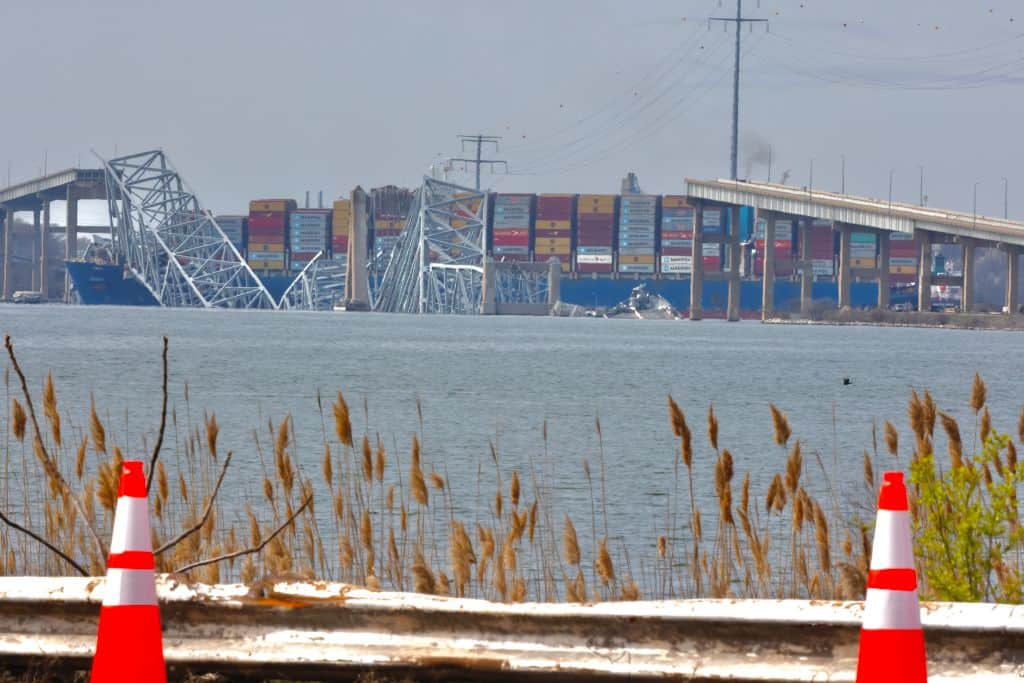
Vessel traffic in and out of the Port of Baltimore—which contributes $15 million a day in economic activity, Business Insider reports—was suspended Tuesday after a container ship hit the Francis Scott Key Bridge in the early morning. The collision caused the bridge to collapse, sending at least seven vehicles and their occupants into the Patapsco River, according to the Baltimore Sun (subscription).
What’s going on: “Officials, who spoke amid a continuing and massive search and rescue mission, said the port was not shut down and remained open to process trucks inside terminals.”
- Other ports are likely to be able to absorb container ships headed for Baltimore, The New York Times (subscription) reports.
Why it’s important: “The port, which generates more than 15,300 direct jobs, had rebounded from global supply chain difficulties and disruptions during the coronavirus pandemic and hit records last year for handling cargo,” according to the Baltimore Sun. “It is the nation’s 16th busiest port, ranking first for volume of autos and light trucks, roll-on/roll-off heavy farm and construction machinery, imported sugar and imported gypsum.”
- Baltimore is the closest Atlantic port to major Midwestern manufacturing hubs.
- Truckers are concerned about increased congestion resulting from the closure, “particularly because deliveries such as hazardous material loads cannot travel through Interstate 895 or I-95 tunnels.” Trucking companies are already warning customers of delays for shipments going through the Mid-Atlantic, according to The Wall Street Journal (subscription).
- In addition to affecting consumers in the Baltimore area, the traffic stoppage is likely to affect jobs at the port.
An Engineer Looks to the Future at ExxonMobil
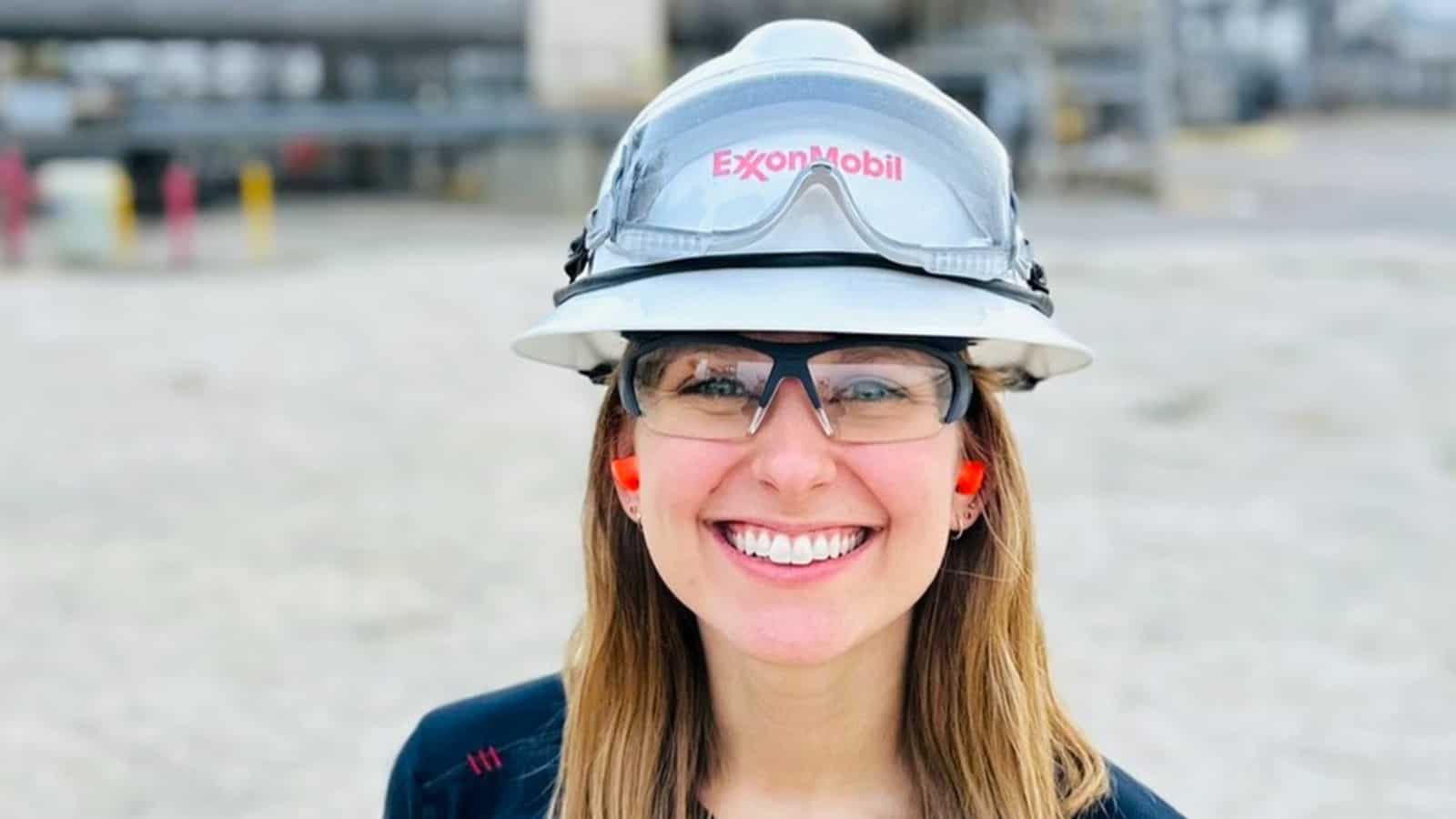
It was an internship in modern manufacturing that changed Bobi Simonsen’s view of the industry—and gave her a sense of how many different kinds of opportunities were available.
“I remember school projects where I would just picture an engineer with a hard hat doing calculations,” said Simonsen. “I didn’t realize how much creativity and collaboration is involved in engineering. There is way more complexity than I had ever realized.”
A new path: Shortly after that internship, Simonsen got connected with ExxonMobil through the University of Texas—and she hasn’t looked back since.
- Today, she’s a technical supervisor at the largest polyethylene site in the world, leading teams of engineers, chemists and technicians who perform experimental commercial-scale trials and improvement projects on the tough synthetic resin used in bags, containers and other packaging.
A sense of purpose: Simonsen is particularly interested in opportunities to support sustainability and sees manufacturing as the perfect place to make an impact.
- “I know young people are really passionate about sustainability, making a difference and having a purpose, and all of those are things you can do in manufacturing, especially at a place like ExxonMobil,” said Simonsen. “We are global, we are integrated and we have the resources and scale to impact an entire industry. That’s the reason I came to work here.”
A push for parity: Simonsen also sees how the lack of women in science, technology, engineering and math feeds into a shortage of women in manufacturing, and she’s eager to see more young women find their way into the field.
- That’s why she leads industry meet-and-greet events on behalf of ExxonMobil at the University of Texas, volunteers at “Introduce a Girl to Engineering Day” events for K-12 students in Austin and Houston and hosts lunch-and-learn sessions with UT’s Society of Women Engineers and the American Institute of Chemical Engineers.
- She also leads ExxonMobil’s SWE conference team, who recruit, share sessions and lead “Invent It Build It” outreach activities through SWE.
- “We do a good job of recruiting candidates who reflect the diversity of the pipeline; my classes in college were 30% women, and that’s translating to the same 30% who make their way into ExxonMobil manufacturing,” said Simonsen. “But that’s not 50%, which is why it’s vital to engage women and minorities to get interested in STEM so we can bring them into classes and then the workforce as they graduate.”
New visibility: Recently, Simonsen was named an Emerging Leader in Manufacturing by the 2024 Women MAKE Awards, a distinction for a select few women under the age of 30 who have achieved rare accomplishments at the start of their careers in manufacturing.
Advice for women: While most workers in the industry are still men, Simonsen encourages women to consider the broad range of opportunities available in manufacturing.
- “I would say, ‘Try it,’” said Simonsen. “Consider trying it, even for a short period like an internship. Because if you step in, and you like it, you can find yourself working on the biggest challenges in the world.”
